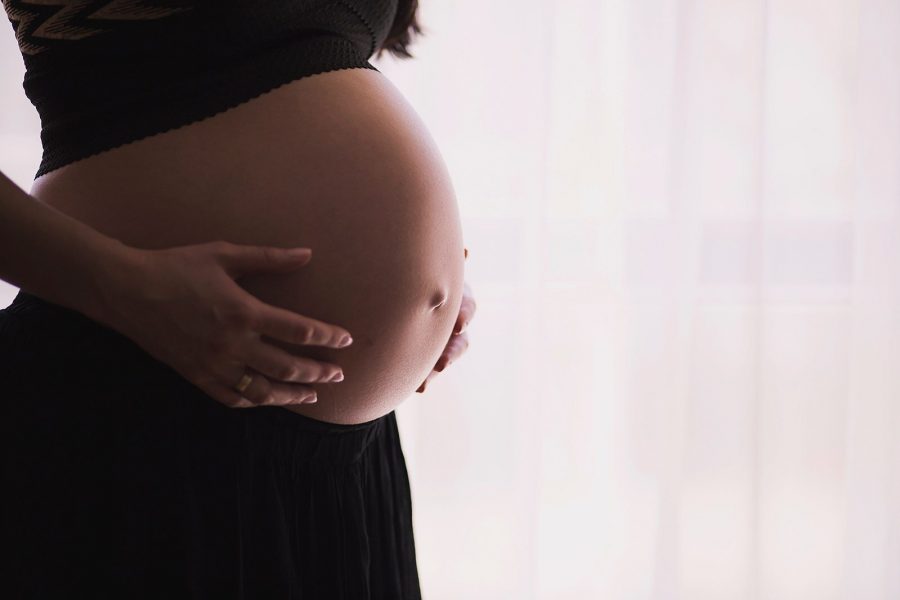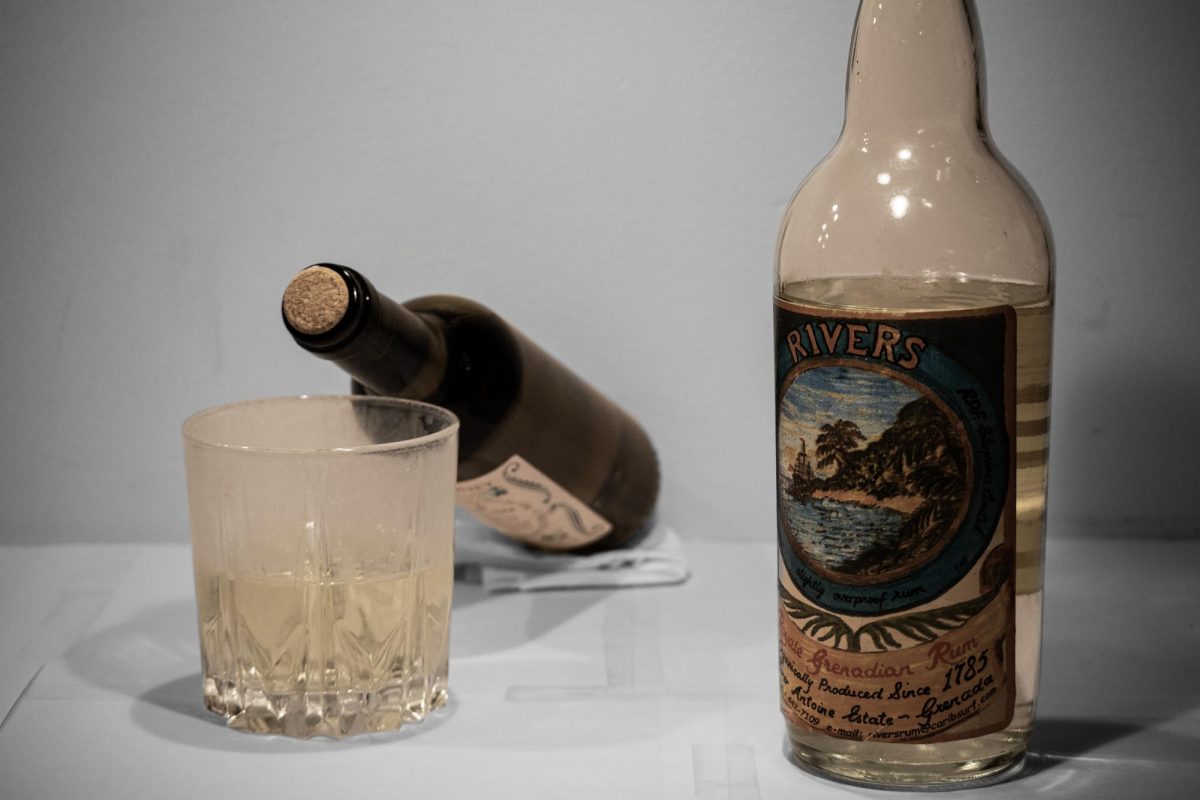Water births ㅡ a topic that over the last decade has grown quite popular, yet no less controversial. They differ from a conventional birth in that labor and delivery both take place in a pool that has been specifically purchased for the ritual and filled with warm water.
Being in the tub during the first stage of labor may have certain benefits, according to The American College of Obstetricians and Gynecologists, though potential risks arise when delivering in water.
Those risks include “maternal and neonatal infections, difficulty in the regulation of the baby’s body temperature, increased chance of umbilical cord damage, respiratory distress resulting from the baby inhaling tub water, and potential for asphyxia and seizures,” as stated on ACOG’s website.
Land births, therefore, are recommended by the ACOG. However, no concrete evidence indicates water births are a higher risk than land births.
Nonetheless, many women still choose to have water births, often with the guidance and support of a midwife.
Kiera Alexander, a 30-year-old woman from Texas, found her midwife Afua Hassan way before she even found her husband. In August she gave birth at The Birthing Place, a pregnancy care center, to a healthy baby girl, Mars.
As she spoke of her decision to have an out-of-hospital birth, she made it clear that what was particularly important to her, like it is to many pregnant people, was to have a personal experience with her pregnancy and to feel safe with the person she was entrusting her labor with.
“I just really wanted to go about this a different way,” Alexander said. “I was young and healthy and thought, let’s do it.”
“I really felt a connection with my midwife. With OB-GYN visits, you’re kind of in and out. And I thought, I don’t want that with a baby, this is a long and personal experience and I really want to see somebody that I connect with, I want it to feel like a community.”
Though Alexander had planned a water birth, her baby decided differently, and she ended up going into the second stage of labor on land. This, however, falls perfectly in line with her beliefs around allowing her body to work through this process itself.
“We were born to do this; medicine gets in the way of things,” Alexander said.
“I wanted to give my body and nature a chance to do what it can do.”
Similarly, Toni Olson, author of two children’s books on natural births and family relationships, experienced a stark shift in her plans to deliver her first-born daughter at a birthing center when baby Presleigh’s sudden birth happened while Olson was in the bathroom, preparing to leave.
After the first unplanned at-home birth, Olson realized that this was her calling all along. In the future she would give birth to two more children, both natural at-home water births.
“I was not concerned at all; I really did my homework,” Olson said when asked about the potential risks brought up by ACOG.
“I believe that a lot of the problems that we see in hospital births are from the intervention: it’s from the episiotomy, it’s from the epidural — when you can’t feel your body and you can’t work with it, I think that messes up the natural system. Midwives doing home births won’t take on high-risk people, and during the pregnancy, if someone is starting to show any factors of it being high-risk, they will refer out. They have no desire in losing moms or babies at all.”
Olson spoke a lot about the power that knowledge holds and dedicates herself to showing women that their pregnancy can be an empowering experience rather than a hardship and that they have control over their labor.
Like Olson and Alexander, Dinaz Ireni, a mother from India who delivered her two children through water births, believes in the body’s natural ability to give birth without intervention.
Ireni spoke of the connection she felt with water births way before her pregnancy when she’d seen many videos of women having water births in nature.
“It was so peaceful and lovely,” Ireni said about watching these videos. “It really moved me and was something I felt very connected to, it made me cry.”
Despite the pushback from her family, Ireni decided to build her knowledge on water births and pursue a birth with midwives in a nursing home. She said her experience with midwives was “non-intrusive” which was something very important to her.
“You have to choose people who will respect your wishes,” she unknowingly summarized what all three women had been saying, “And give birth where you feel safe.”








